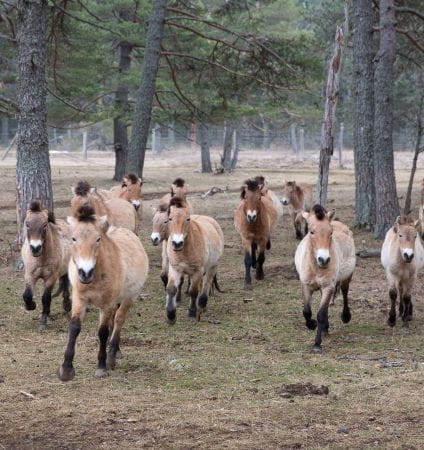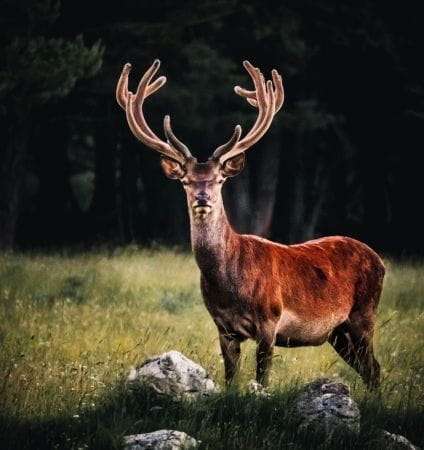This site will not be able to welcome human beings again without fear for their health in… 24,000 years! It is still heavily polluted.
Thus a vast area of 2200 km in the north of Ukraine and 2600 km2 in the south of Belarus is now uninhabited.
It is an area about the size of a French department.
Nobody lives there anymore, the roads are narrowing and are devoured by wild grass. The houses are disappearing and nature is taking its place between the concrete blocks of the Soviet era.
This place was very industrialized.
The city of Pripyat, built in the 70s and located a few kilometers from the former nuclear power plant, has become a ghost town.
Trees grow in the middle of its grey concrete buildings which are gradually collapsing.
The city is in the heart of the exclusion zone. Within a radius of 30 kilometers, all the houses have been deserted. Human activities have been abandoned.
The fields have disappeared. All that remains are the remains of former human life, such as the rusty bumper cars in the amusement park!
No one is allowed to enter the area.
From now on, it is a big natural reserve where people let the plants and animals able to adapt to it, live as they wish.
Around Chernobyl, there are no hunters, no farmers, no inhabitants.
Chernobyl: the bet of some scientists
In 1998, scientists had the idea of introducing about thirty Przewalski’s horses into the area.
These horses had disappeared from their natural habitat in Asia due to hunting and the reduction of their territory. They were on the verge of extinction.
But they were still being bred since 1932 in the Prague Zoo.
Przewalski’s horses are believed to have been domesticated 5500 years ago by the Botai culture, a Neolithic people who flourished in northern Kazakhstan today.
They later returned to the wild and were discovered by a Russian soldier, Nikolai Mikhailovich Przhevalski in 1879 who gave them his name.
The takh of the steppes
The Mongols, who already knew them, call them “takh”.
It is a small horse of 1,30 meter at the withers of color bay with the white belly.
It is well built, free and beautiful.
Its mane is bristly, its legs zebra and moves in herd.
According to the head of the scientific department of the Chernobyl Nature Reserve, Przewalski’s horse is “the symbol of the exclusion zone.”
A promising start
The takh has become well established in the Ukrainian nature reserve.
Biologists estimate that its population is about 150 heads, a fivefold increase in 20 years.
On the other side of the border, in Belarus, there would be 60 others.
It is a success for this threatened species.
The people in charge of the Kiev zoo who are following this experiment hope that this population will reach 300 or 500 individuals!
Already, the takh of Chernobyl represent 8% of the world population.
The others are in Mongolia where they were reintroduced in 1992 from where they have colonized again spaces in China and Russia.
They have also been reintroduced in the Gobi desert in China.
There is also a herd in France on the Méjean plateau in the Causses, as well as in Spain, in the Pyrenees and in Belgium.
Chernobyl: a natural refuge for other species?
In the exclusion zone, wild animals take advantage of the absence of humans to proliferate.
Biologists have spotted lynx, wolves, elk, wild boar, white-tailed eagles, bears and many other species.
Today, there would be nearly 2700 animals in the reserve.
Will they survive the radioactivity?
For the moment, these populations are increasing and look healthy…
Who will live, will see…
For Les Lignes Bougent, Julien
More interesting articlesDiscover the Reservation

The Monts d'Azur Reserve and rewilding
